Hammertoe - Overview
Hammertoe is an orthopedic deformity of the proximal interphalangeal joint of the second, third, or fourth toe. The deformity causes the permanent bending of the affected toe, and the toes resemble a hammer, hence the name of the condition. This medical condition is usually caused by prolonged wearing of non-fitting footwear. The muscles of the affected toes tend to shorten in time if the foot is in a tight shoe. One more cause of hammertoes is tendon imbalance. The typical sign of hammer toe includes calluses and corns, which are located on the middle joint and the toe tip. Accompanying symptoms are toe cramps, pain, and discomfort, especially during walking.
This medical condition can be treated conservatively and surgically. In the early stage, hammertoe can be successfully treated with splinting, toe exercising, and wearing corn pads together with comfortable shoes. In the advanced stages, patients can only benefit from surgical procedures. This surgery includes straightening of the affected toe and correction of the tendons. In some cases, fusion of the joints is performed.
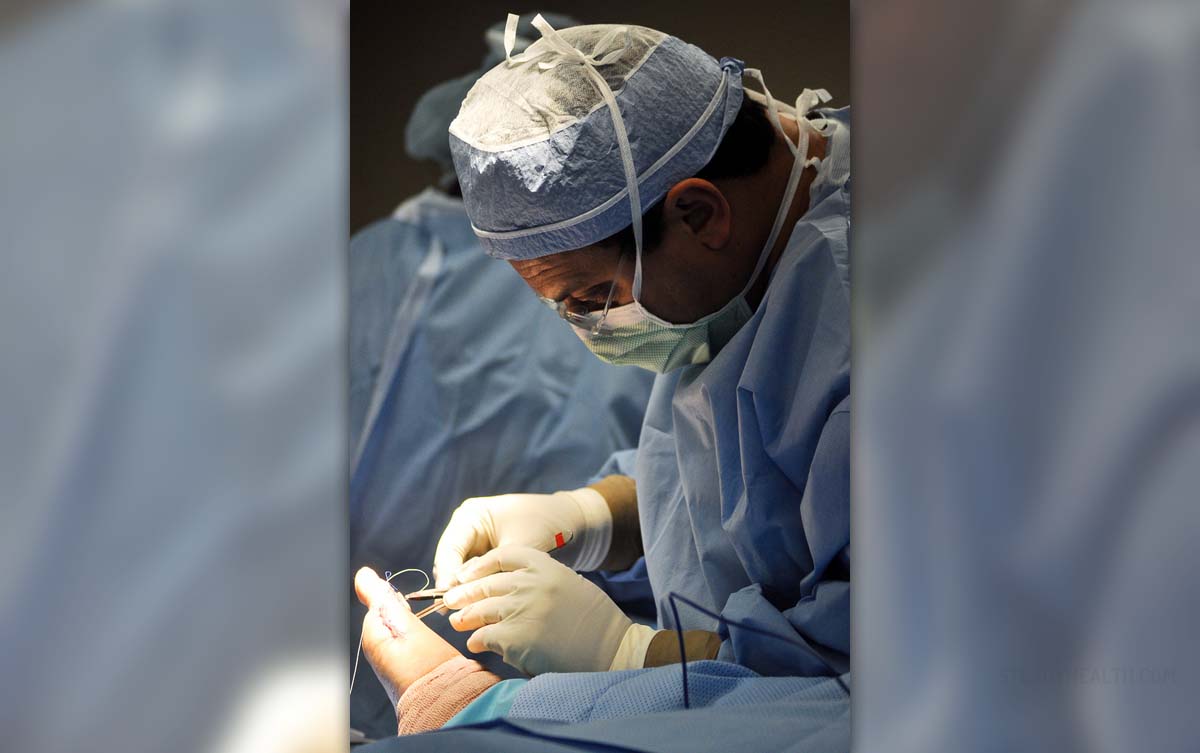
Hammertoe Surgery
Before the surgery, the patients undergo an X-ray of the foot. This way, the surgeon has appropriate insight into the level of deformity. The goal of the surgery is to straighten the deformed joints. The surgery may include fusion of the joints, and cutting of the bone, and it may also include rearranging of the tendons.
Which type of surgery is going to be applied depends on the severity of the deformity and the basic structure of a patient's foot. If the hammertoe is mild and flexible, the surgeon performs tendon release. The tendons of the joint are cut, and the joint is easily straightened.
Another surgical approach for hammertoe includes the removal of the bone from the rigid toe. Then the toe is straightened, and the tendons are cut and rearranged. This surgery is known as arthroplasty or phalangeal head resection. If there is damage to the nerves or muscles surgeons commonly perform a joint fusion.
Joint fusion prevents recurrence of the disease. During this procedure, a small part of the bone is resected, and a wire is placed to hold the joint. This wire is eventually removed, and the joint fuses completely.
Hammertoe Surgery - Recovery Time
The toe is wrapped, and some surgical techniques include wires that hold the toe in a desirable position. The patients are advised to rest in bed for some time. Increased pressure onto the operated toes leads to pain. This is why patients are supposed to use crutches for a certain period. Doctors generally advise postoperative shoes with stiff soles. These are supposed to be worn for 2 or 3 weeks.
Complications of Hammertoe Surgery
Pain and swelling typically occur after hammertoe surgery, and they withdraw spontaneously. The pain is relieved by painkillers. The leg is supposed to be elevated. This position helps in drainage of the excessive fluid.
Some potential complications of hammertoe surgery include infections, blood clotting, and chronic pain. Chronic pain is caused by accidental damage of certain nerves.
- Consecutive patients with a minimum of 6 months’ follow-up undergoing hammertoe surgery within a single, urban foot and ankle practice between January 1, 2011, and December 31, 2013, served as the basis of this retrospective cohort study. Cox regression analysis was used to identify important predictor variables obtained through chart and radiographic review. One hundred fifty-two patients (311 toes) with a mean age of 60.8 ± 11.2 years and mean follow-up of 29.5 ± 21.2 months were included.
- Statistically significant predictors of failure were having a larger preoperative transverse plane deviation of the digit (hazard ratio [HR], 1.03 for each degree; P
- Concomitant performance of first ray surgery reduced hammertoe recurrence by 50% (HR, 0.51; P = .01; 95% CI, 0.30, 0.87).
- orthoinfo.aaos.org/en/diseases--conditions/hammer-toe/
- www.londonfootandanklesurgery.co.uk/surgeries/hammer-toe-surgery/
- Photo courtesy of BestInPlastics by Wikimedia Commons: commons.wikimedia.org/wiki/File:Kamran_Jamshidinia_MD_Hammertoe_Surgery.jpg


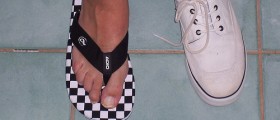
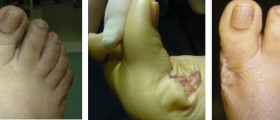
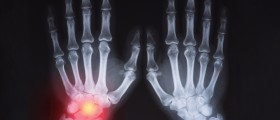

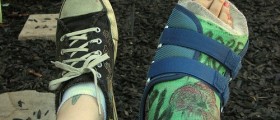
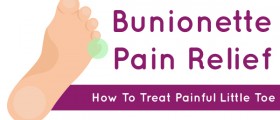




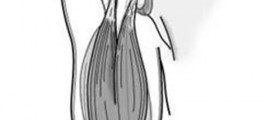
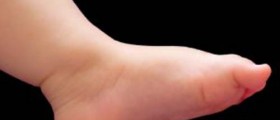


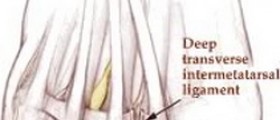
Your thoughts on this
Loading...